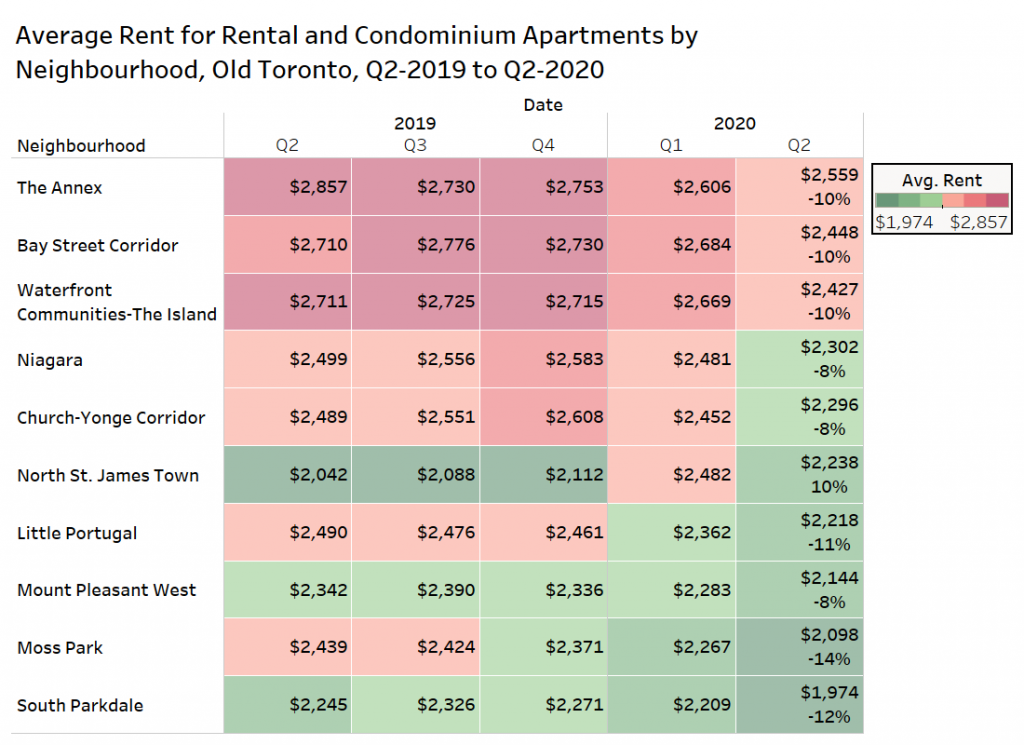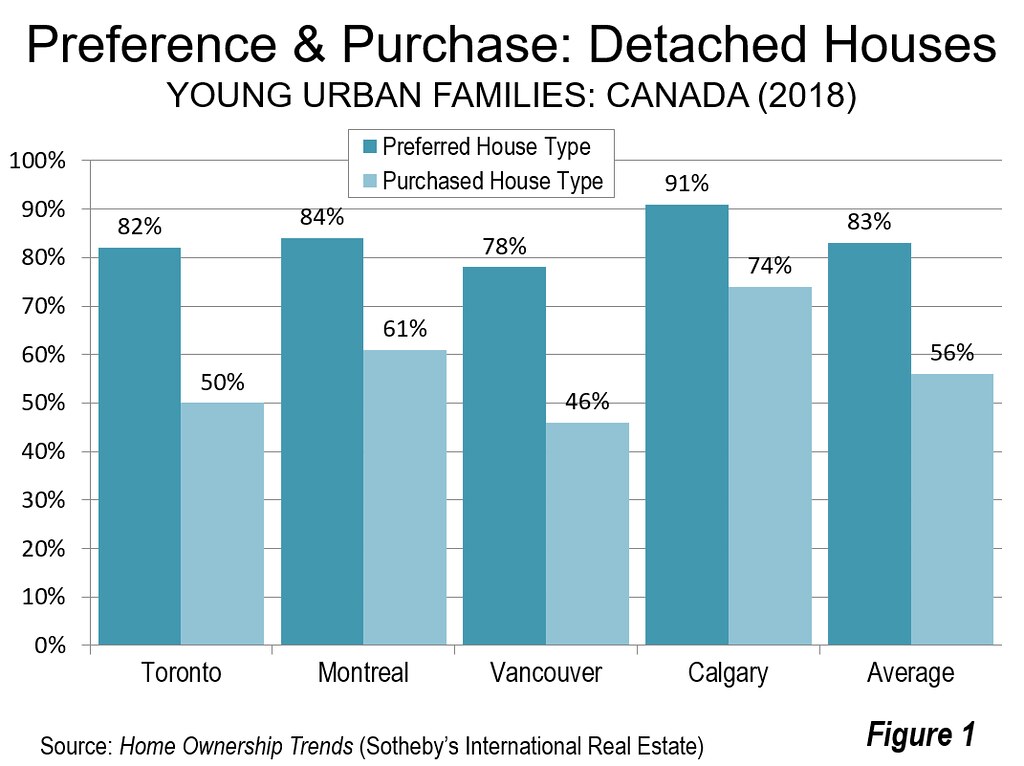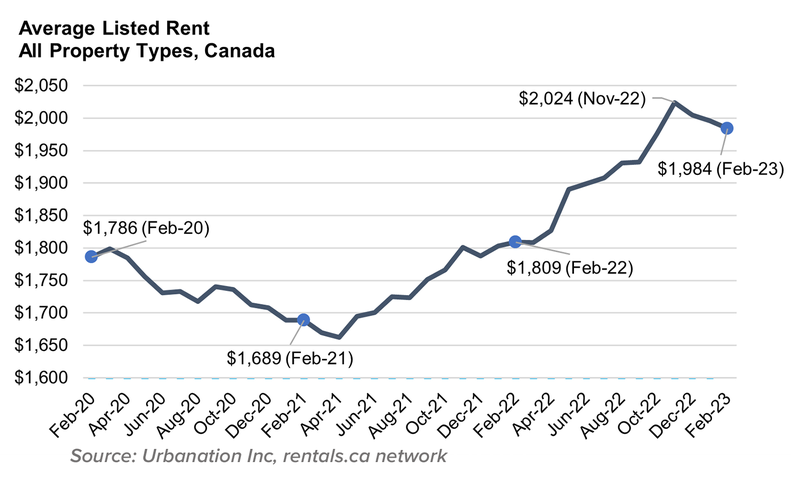Ontario Building Codes and Regulations

Ontario’s building codes are crucial for ensuring the safety and well-being of residents. They establish standards for construction, renovation, and occupancy of buildings, including residential properties. Understanding these regulations is essential for homeowners, renters, and anyone involved in the real estate industry.
Defining a Bedroom in Ontario
The Ontario Building Code defines a bedroom as a room designed for sleeping and includes specific requirements for size, ventilation, and window area. The minimum size for a bedroom is 7 square metres (75 square feet), with a minimum ceiling height of 2.4 metres (8 feet). Bedrooms must have at least one operable window providing natural light and ventilation.
Determining Maximum Occupancy
Ontario building codes determine maximum occupancy for residential properties based on a combination of factors, including:
* Floor area: The total usable floor area of the dwelling is considered.
* Number of bedrooms: The number of bedrooms provides a baseline for occupancy.
* Other habitable rooms: Rooms like living rooms and dining rooms also contribute to occupancy calculations.
* Fire safety features: The presence and type of fire safety equipment, such as smoke detectors and fire escapes, influence the maximum occupancy.
Maximum Occupancy for 3-Bedroom Houses
For a 3-bedroom house in Ontario, the maximum occupancy is generally determined by the specific building type and its overall floor area. Here’s a table comparing maximum occupancy limits for different building types:
| Building Type | Maximum Occupancy |
|---|---|
| Single-family Detached | 6-8 occupants (depending on floor area) |
| Semi-detached | 6-8 occupants (depending on floor area) |
| Townhouse | 6-8 occupants (depending on floor area) |
It’s important to note that these are general guidelines, and the actual maximum occupancy for a specific 3-bedroom house may vary based on the factors mentioned above. It’s always advisable to consult with a building inspector or local municipality for accurate information.
Factors Influencing Maximum Occupancy: Maximum Occupancy 3 Bedroom House Ontario

While Ontario Building Codes and Regulations establish a baseline for maximum occupancy, several other factors contribute to determining the safe and comfortable capacity of a 3-bedroom house. Understanding these factors is crucial for homeowners and tenants to ensure a safe and enjoyable living environment.
Safety Considerations
Safety is paramount when determining maximum occupancy. Beyond the minimum requirements of building codes, additional safety considerations are vital for a safe and comfortable living environment.
- Fire Safety: Adequate fire exits, smoke detectors, and fire extinguishers are essential for safe evacuation in case of a fire. The number of occupants must be considered to ensure that everyone can escape safely and quickly.
- Egress: Adequate and unobstructed egress routes are critical. This includes ensuring sufficient space for everyone to exit the house safely in an emergency, without overcrowding or hindering movement.
House Size and Layout
The size and layout of a 3-bedroom house significantly impact its maximum occupancy.
- Living Space: The overall square footage of the house, excluding bedrooms, plays a role. Adequate living space ensures that occupants have sufficient room to move around comfortably and avoid overcrowding.
- Bedroom Size: The size of bedrooms is crucial for accommodating occupants comfortably. Small bedrooms can create overcrowding and discomfort, potentially impacting sleep quality and overall well-being.
- Kitchen and Bathroom Space: The size and layout of the kitchen and bathrooms are essential for ensuring sufficient space for cooking, eating, and using bathroom facilities without overcrowding.
Flowchart: Factors Influencing Maximum Occupancy
[Flowchart]
This flowchart illustrates the interconnectedness of various factors in determining maximum occupancy. Building codes provide the initial framework, while safety considerations, house size, and layout influence the final determination. It’s crucial to consider all factors comprehensively to ensure a safe and comfortable living environment.
Occupancy Implications and Considerations

Understanding the legal implications of exceeding maximum occupancy limits in Ontario is crucial for both landlords and tenants. Violating these regulations can lead to significant consequences, affecting the well-being of residents and potentially jeopardizing the property itself. This section will delve into the legal framework surrounding occupancy limits, the potential consequences for non-compliance, and practical tips for ensuring compliance.
Legal Implications of Exceeding Maximum Occupancy
Exceeding the maximum occupancy limit for a residential property in Ontario is a violation of the Ontario Building Code and can have serious legal consequences. These violations are typically enforced by municipal authorities, who may issue fines, orders to vacate the premises, or even legal action against the responsible parties.
- Fines: Municipal authorities can impose substantial fines on landlords who allow their properties to be occupied beyond the permitted limits. These fines can vary depending on the severity of the violation and the municipality’s specific regulations.
- Orders to Vacate: In cases of serious overcrowding, municipalities can order the tenants to vacate the property. This can result in significant disruption to the tenants’ lives, forcing them to find alternative accommodation with little notice.
- Legal Action: In extreme cases, municipalities may take legal action against landlords who repeatedly violate occupancy regulations. This can involve court orders to limit occupancy, fines, or even imprisonment.
Consequences for Landlords and Tenants
The consequences of exceeding maximum occupancy extend beyond legal penalties. Both landlords and tenants can face significant repercussions, affecting their financial well-being, safety, and overall quality of life.
- Landlords: Landlords who violate occupancy regulations face the risk of fines, legal action, and potential damage to their property. Overcrowding can lead to increased wear and tear, property damage, and potential safety hazards, ultimately impacting the value of the property.
- Tenants: Tenants who reside in overcrowded properties can experience various negative consequences, including:
- Health risks: Overcrowding can contribute to the spread of infectious diseases, particularly in situations where hygiene and sanitation are compromised.
- Stress and anxiety: Living in close quarters with limited privacy can lead to increased stress and anxiety, potentially impacting mental well-being.
- Safety hazards: Overcrowding can create safety hazards, such as increased risk of fire, difficulty evacuating in emergencies, and limited access to emergency services.
- Limited access to amenities: Overcrowded properties may have insufficient bathroom facilities, kitchen space, or sleeping areas, impacting the tenants’ quality of life.
Tips for Compliance
Landlords and tenants can take proactive steps to ensure compliance with maximum occupancy regulations, mitigating the risks associated with overcrowding.
- Landlords:
- Clearly state occupancy limits: Ensure that lease agreements clearly state the maximum allowable occupancy for the property, leaving no room for ambiguity.
- Conduct regular inspections: Regularly inspect the property to ensure that the number of occupants does not exceed the permitted limit. This helps prevent overcrowding and potential legal issues.
- Educate tenants: Inform tenants about the importance of adhering to occupancy regulations and the potential consequences of exceeding the limits.
- Tenants:
- Review lease agreements: Carefully review the lease agreement to understand the maximum occupancy allowed for the property. If the occupancy limits are unclear, seek clarification from the landlord.
- Communicate with landlords: If the number of occupants exceeds the permitted limit, communicate with the landlord to discuss potential solutions or alternatives. This open communication can help prevent legal issues and maintain a positive relationship with the landlord.
- Prioritize safety: Ensure that the property remains safe and habitable even with the current number of occupants. Address any overcrowding-related safety concerns with the landlord or relevant authorities.
Resources for Further Information, Maximum occupancy 3 bedroom house ontario
Landlords and tenants can access various resources to obtain further information about occupancy regulations in Ontario:
- Municipal websites: Contact the local municipality’s website for information on specific occupancy regulations and enforcement procedures.
- Ontario Building Code: The Ontario Building Code provides detailed information on occupancy requirements for residential properties. The code can be accessed online or through local building code offices.
- Legal aid services: Legal aid services can provide legal advice and representation to tenants facing issues related to occupancy regulations.
- Tenant advocacy groups: Tenant advocacy groups can offer support and guidance to tenants regarding their rights and responsibilities related to occupancy limits.
Maximum occupancy 3 bedroom house ontario – So, you’re thinking about a 3 bedroom house in Ontario, huh? Maximum occupancy rules can be a bit of a buzzkill, but don’t worry, there are always options! If you’re open to a change of scenery, maybe check out some 3 bedroom apartments in Riverview, FL.
Florida sunshine might be just what you need, and the occupancy rules might be a little more chill. But hey, if you’re set on Ontario, we can definitely find you a great 3 bedroom house that fits your needs!
Ontario’s got some strict rules about how many peeps can live in a 3-bedroom house, but if you’re looking for a place that’s spacious and stylish, check out the abi ambleside 3 bedroom homes. They’re totally dreamy, and you might just find the perfect pad for your crew, even if you’re pushing the occupancy limit a little (don’t tell the landlord!).